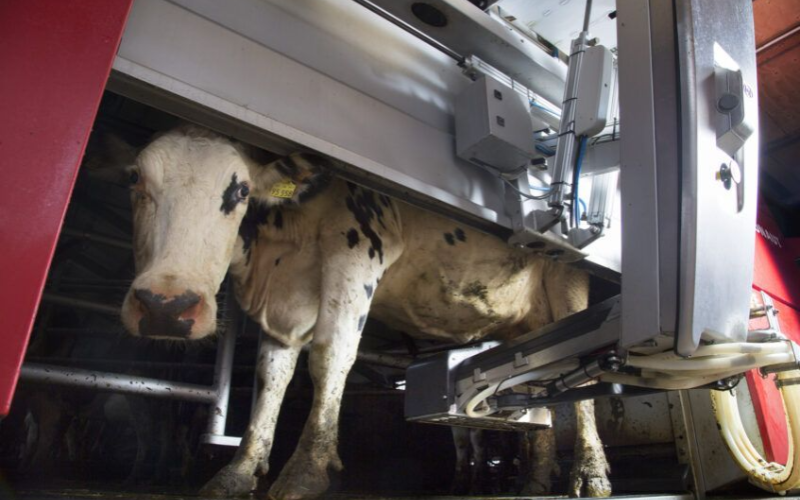Europe on Alert: Avian Flu Threatens Dairy Farms

The European Food Safety Authority (EFSA) has identified potential pathways for the highly pathogenic avian flu H5N1 virus to enter Europe from the United States. The virus has already been detected in U.S. dairy cows, and EFSA warns that it could reach Europe through migrating birds or the import of raw milk, live cows, and cattle intended for consumption.
Key areas for early virus detection include migratory bird stopover sites such as Iceland, Great Britain, Ireland, and the wetlands of the Wadden Sea in the Netherlands, Denmark, and Germany. In the United States, 981 dairy farms across 16 states have been affected between March 2024 and May 2025. The spread was facilitated by cattle movements, poor biosecurity, and shared milking equipment.
Research shows that the highly virulent B3.13 strain multiplies in udders and can be found in milk, spreading among cows during milking. EFSA is preparing recommendations to be released by the end of the year, which will include preventive measures for Europe. Simultaneously, the USDA is extending its H5N1 monitoring program in livestock until September, while the EU is issuing guidelines to mitigate risk.











